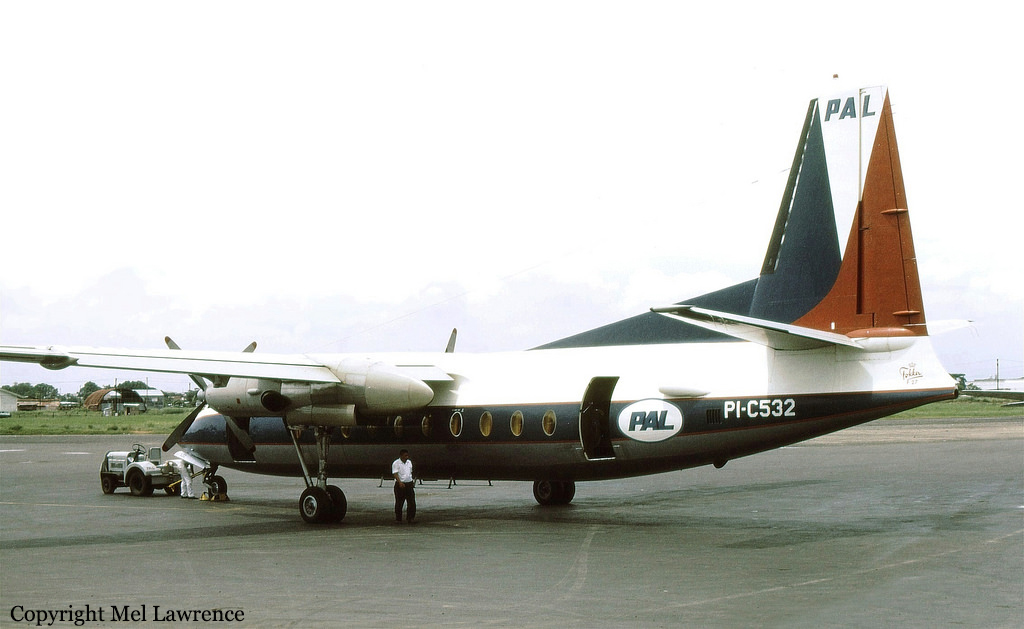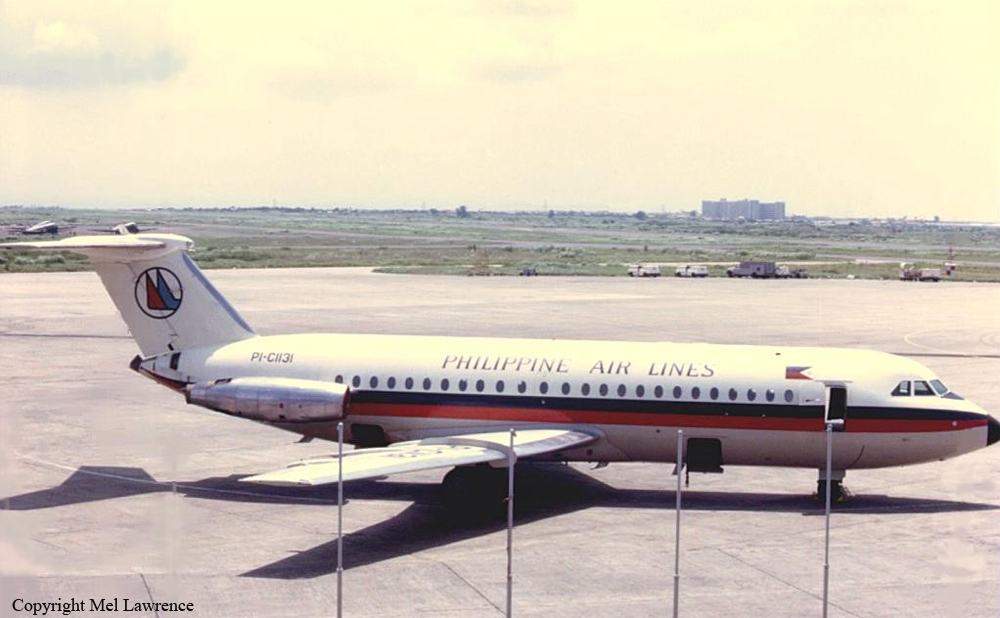Crash of an Avro 748-226-2 in Manila: 33 killed
Date & Time:
Feb 3, 1975 at 2310 LT
Registration:
RP-C1028
Survivors:
Yes
Schedule:
Manila - Iligan
MSN:
1590
YOM:
1966
Crew on board:
4
Crew fatalities:
Pax on board:
29
Pax fatalities:
Other fatalities:
Total fatalities:
33
Circumstances:
Shortly after takeoff from runway 30, while in initial climb, the crew informed ATC about the failure of the right engine and was cleared to return for an emergency landing. The pilot-in-command initiated a turn to join the runway 06 approach path when the airplane stalled and crashed in flames in a rice paddy field located 4,8 km from the airport. A passenger was seriously injured while 32 other occupants were killed. Few hours later, the only survivor died from his injuries.
Probable cause:
Failure of the right engine during initial climb after three blades located on the high pressure turbine broke away, probably due to the presence of fatigue cracks.



